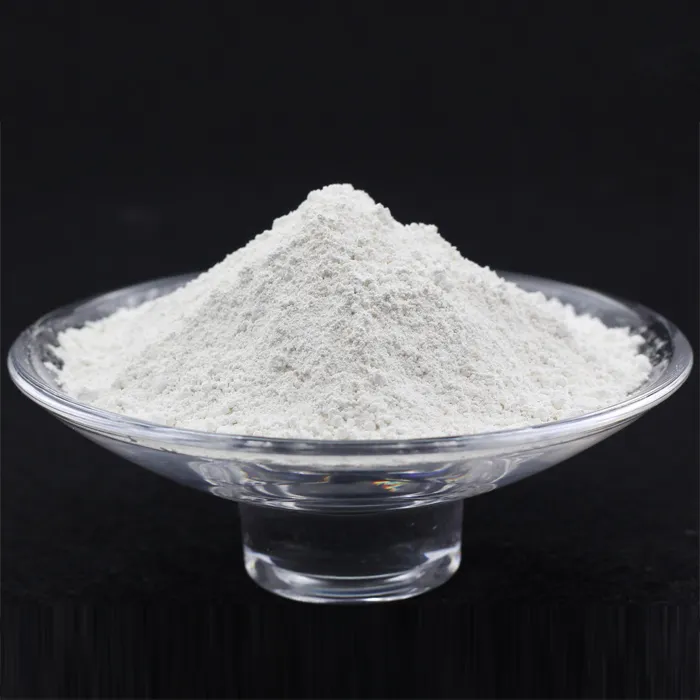Acid Mine Drainage (AMD) is a significant environmental issue arising from mining activities, particularly in areas rich in sulfide minerals. When these minerals are exposed to air and water, they undergo oxidation, generating sulfuric acid and subsequently leaching heavy metals into surrounding waterways. This toxic runoff can devastate aquatic ecosystems, contaminate drinking water sources, and pose serious health risks to local communities.
The treatment of AMD is crucial to mitigate its detrimental impacts. Several methods have been developed to neutralize the acidity and remove heavy metals from affected water bodies. One prominent approach involves the use of limestone, a naturally occurring alkaline substance. When limestone is added to acidic water, it reacts chemically to raise the pH and precipitate dissolved metals, forming insoluble compounds that can be easily filtered out.
.
Active treatment systems, which often employ chemical reagents like sodium hydroxide or lime, can also be implemented. These systems actively neutralize acidity and precipitate metals in a controlled environment, providing immediate results. However, they require ongoing maintenance and may generate significant sludge, posing additional management challenges.
acid mine drainage treatment pdf

Passive treatment systems are gaining traction due to their lower operational costs and minimal environmental footprint. These systems rely on natural processes to treat AMD over time and can be particularly effective in smaller-scale applications. Their efficiency typically depends on local geology, hydrology, and biota conditions.
In recent years, research has focused on integrating biological approaches, such as the use of sulfate-reducing bacteria that convert sulfate into sulfide, which can sequester heavy metals and precipitate them as less toxic forms. This bioremediation strategy offers a sustainable alternative to traditional methods.
In conclusion, addressing acid mine drainage requires a multifaceted approach that incorporates both chemical and biological treatment strategies. By combining these methods, we can effectively mitigate AMD's environmental impacts, ensuring the protection of water resources and the health of ecosystems and communities reliant on them. Continuous research and adaptation of these treatment techniques will play a critical role in the future of AMD management.

